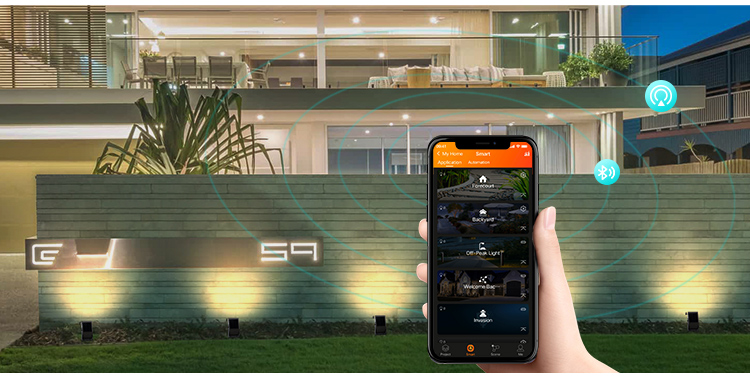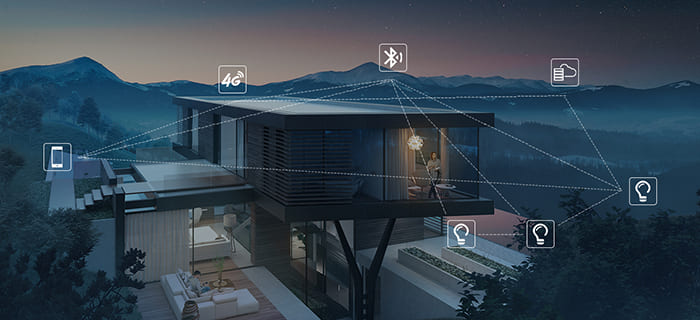Lighting design is a comprehensive art that involves many fields such as optics, electrical, architecture, landscape, aesthetics, etc. Its purpose is to create a lighting design suitable for people’s life, work and leisure through reasonable light sources, lamps, layout and control. The light environment for entertainment also shows the characteristics and style of the building and the city. Outdoor lighting is an important branch of lighting design. It mainly refers to a lighting design that uses artificial light sources to illuminate or decorate in an outdoor environment. Outdoor lighting serves many functions, such as improving safety, beautifying the landscape, creating atmosphere, energy saving and environmental protection, etc. There are also many types of outdoor lighting, such as road lighting, architectural lighting, garden lighting, advertising lighting, holiday lighting, etc.
The design of outdoor lighting needs to consider the following aspects:
Selection of light source: The light source is the basis of lighting design, which determines the color temperature, color, brightness, life, efficiency and other characteristics of the light. The light source of outdoor lighting should be efficient, durable, stable and energy-saving, and should also meet the functional and effect requirements of lighting. Commonly used outdoor lighting sources include incandescent lamps, halogen lamps, fluorescent lamps, gas discharge lamps, semiconductor light-emitting devices, etc.
Selection of lamps: Lamps are the carrier of lighting design, which determines the form, style, direction, distribution, angle and other characteristics of the light. Outdoor lighting fixtures should be waterproof, dustproof, anti-corrosion, shockproof, and lightning-proof, and must meet the lighting function and effect requirements. Commonly used outdoor lighting fixtures include street lights, floodlights, floodlights, landscape lights, decorative lights, etc.
Lighting arrangement: Lighting arrangement is the process of lighting design, which determines the combination, distribution, level, rhythm and other characteristics of the light. The layout of outdoor lighting should be determined according to the lighting purpose, object, place, environment and other factors. The lighting layout should follow the principles of reasonable distribution of light intensity, uniform distribution of light brightness, appropriate control of light direction, appropriate use of light color, and coordinated lighting style.
Outdoor lighting is an important lighting design. It not only affects people’s quality of life, but also reflects the culture and image of a city. The design of outdoor lighting should take into account both functionality and aesthetics, creating a comfortable and distinctive light environment.



